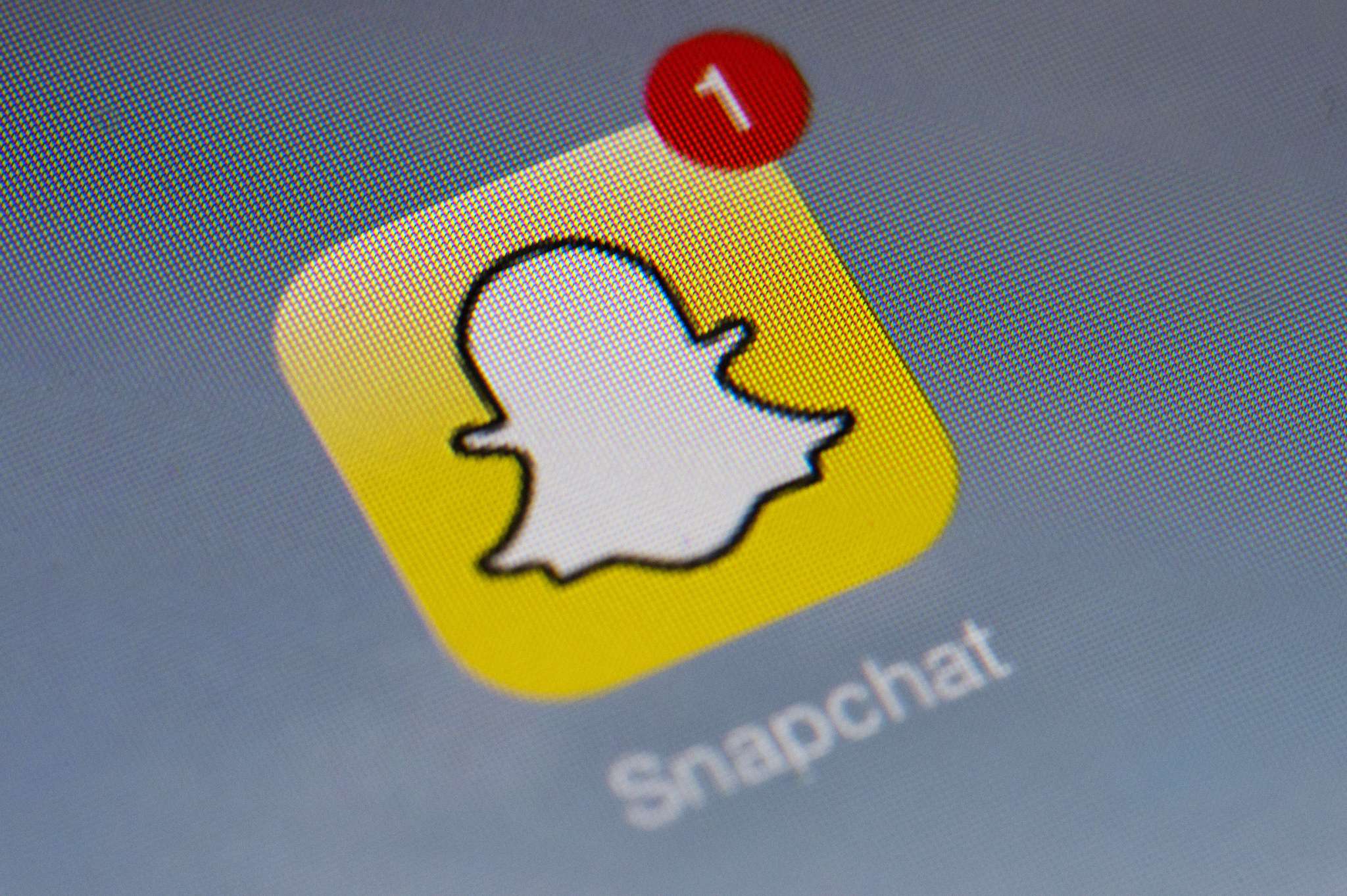#TheSnappening: Don't blame Snapchat for the leak of its users' nude photos
The fault lies with the third party apps which have been feeding off Snapchat's success

Your support helps us to tell the story
From reproductive rights to climate change to Big Tech, The Independent is on the ground when the story is developing. Whether it's investigating the financials of Elon Musk's pro-Trump PAC or producing our latest documentary, 'The A Word', which shines a light on the American women fighting for reproductive rights, we know how important it is to parse out the facts from the messaging.
At such a critical moment in US history, we need reporters on the ground. Your donation allows us to keep sending journalists to speak to both sides of the story.
The Independent is trusted by Americans across the entire political spectrum. And unlike many other quality news outlets, we choose not to lock Americans out of our reporting and analysis with paywalls. We believe quality journalism should be available to everyone, paid for by those who can afford it.
Your support makes all the difference.Auspicious adults are particularly fired up today after #TheSnappening, the biggest Snapchat photo leak ever, exposed the photos of its users - many of whom are teens.
The leak was posted in the same 4chan board where the Jennifer Lawrence photos were leaked, and has been met with almost the same amount of outrage. If anything, because of how young many of Snapchat's users are, it's worse. Many of the photos count as child pornography.
However, it’s not entirely Snapchat’s fault that #TheSnappening has happened. It's the fault of third party apps and, to an extent, their users. Teens who sign up for services like Snapsave or SnapSaved (the ‘d’ makes all the difference - as Snapsaved got hacked and not SnapSave) have made their otherwise self-destructing photos permanent.
The victims of #TheSnappening weren't to know that their photos were going to be hacked, and we can't really shove the entirety of the blame on them for the hackers' illegal breach of their privacy.
But what this situation has proven is that a lot of young people would be safer if they were better educated about the way a lot of apps work - especially when it comes to their privacy settings.
If you know your pictures are going to be saved by an app, you should probably be aware that they'll be likely to keep a copy. That’s pretty much their business model. While their service is free, they share your content with advertisers to lure them in and show their growth. Admittedly, it’s quite a lame business model building a third party app on the back of Snapchat, but that’s a different story.
While Snapchat aren't to blame for the leak, they will still be doing more to ban illicit use and fight leaks. Sometimes they take a step back: months ago it was possible to see when someone had screengrabbed your pictures (a Snapchat violation icon); now it’s made much harder by a new format which requires users to swipe contacts’ names to ascertain whether the snap have been opened, replayed, screenshotted, digested or merely delivered (if you go on Snapchat now you can see it for yourself).
Despite the criticism, Snapchat has proven to be a truly independent service. They've refused Facebook’s $3bn offer back in November, and recently grabbed a $20m investment from Yahoo. There’s no reason to doubt Snapchat's denial when asked about any direct breach to their servers. But no matter how secure their services would be, there will always be sexting teenages to give their Snapchat passwords to less-secure third party apps.
Join our commenting forum
Join thought-provoking conversations, follow other Independent readers and see their replies
Comments